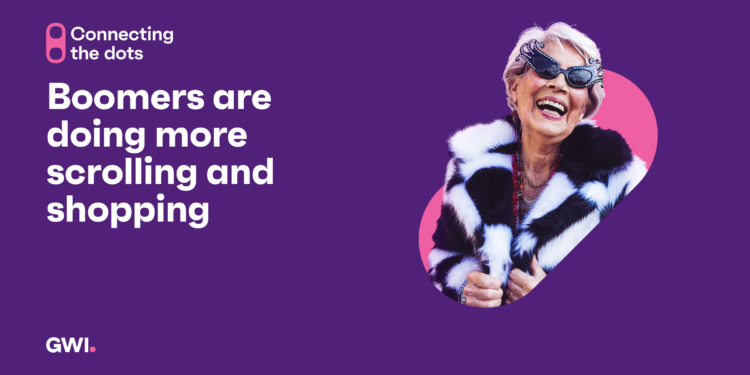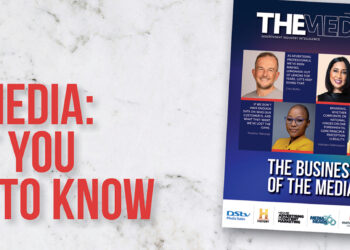Don’t write off boomers as technological dinosaurs. The Number of boomers using Instagram and TikTok is climbing.
In 2016, brands were told to “forget millennials” and focus on Gen Z. Four years later, they were advised to “forget millennials and Gen Z” to make room for the next bunch.
In the race to stay relevant, businesses scramble to appeal to younger generations, often neglecting older consumers along the way.
Here’s why they shouldn’t.
Not only are baby boomers spending more time on social media and regularly buying online, but their spending power is unmatched.
From friends to influencers
While Facebook is still their long-standing favourite, the number of baby boomers who regularly use Instagram and TikTok is climbing. Their growing engagement with video-based apps is ultimately refining their approach to social media, which is becoming more about entertainment and brand engagement.

What’s happening and why?
As their social media footprint expands, boomers are becoming more enthusiastic about commercial content. In the US, the number who say following influencers is a top reason for using social platforms has grown 22% since Q2 2021.
Older influencers have been capturing attention on various apps too, using them to defy ageist stereotypes and even inspire young adults. Lifestyle influencers like Barbara Costello, Lynn Davis, and Gym Tan are just a few standout names with millions of followers between them.
The number of baby boomers who use TikTok has grown 57% since 2021.
The way boomers use social media is changing, so brands’ approach needs to change too. An example of a company adapting well is Trinny London, whose social-first strategy aimed at older women has yielded an online community of 90 000+ people on apps like Instagram, and contributed to its £50 million turnover.
“In the last decade, we’ve seen the digitisation of baby boomers. Daily mobile time has increased 2.8x since 2013, while time on social has increased +68%. Businesses can now confidently evolve their marketing strategy toward older target audiences too,” says Andy Childs, head of strategy at Meta
Show me the money
Who’s more likely to shop online: Gen Z or baby boomers? The answer may surprise you. Globally, boomers are more likely to say they buy new products online each week, own a credit card, and have high purchasing power.

 What’s happening and why
What’s happening and why
Despite all this, advertising (as it stands) doesn’t resonate well with them. Baby boomers are the generation least likely to feel represented in ads and to report buying brands they’ve seen advertised, which makes sense.
According to research by CreativeX, the majority of older groups featured in ads appear in family or domestic settings, with less than 1% being shown in professional environments.
This means advertisers aren’t reaching the 24% of employed boomers who describe themselves as career-focused, the 35% of grocery-shopping boomers who say they like to explore the world, or the 31% of clothes-buying boomers who are interested in live events.
On the whole, the more represented consumers feel, the more responsive they are to marketing. So there are obvious benefits to businesses tweaking their approach and working to represent older generations more authentically.
Why should brands care?
Just because Gen Z are the shiny, new, and elusive consumer, it doesn’t mean they’re the only route to revenue success, especially in a climate where shoppers are feeling the pinch.
Consumers who are running low on savings might take more convincing to part with their cash.
Smart brands won’t just look to younger consumers for a lifeline; they’ll make a conscious effort to engage with groups who have money now, are online, and actively shopping.

Stephanie Harlow is a senior trends analyst at GWI. She’s a pottery prodigy who loves to thrift. When she’s not looking for antiques, you’ll find her hunting for trends.
CLICK ON THE COVER TO READ THE MEDIA’S AGENCY ISSUE















